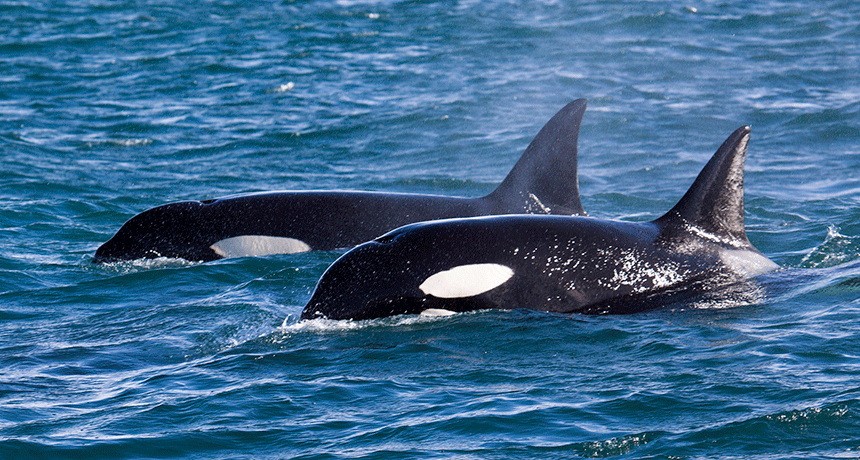colleague Someone who works with another; a co-worker or team member.
computer program A set of instructions that a computer uses to perform some analysis or computation. The writing of these instructions is known as computer programming.
dialect A form of language or pattern of communication that is distinct to a specific place or a social group.
killer whale A dolphin species (Orcinus orca) whose name means whale killer. These animals belong to the order of marine mammals known as Cetacea (or cetaceans).
mammal A warm-blooded animal distinguished by the possession of hair or fur, the secretion of milk by females for feeding their young, and (typically) the bearing of live young.
orca A large species of black-and-white porpoise (Orcinus orca). Also known as the killer whale.
peer (noun) Someone who is an equal, based on age, education, status, training or some other features. (verb) To look into something, searching for details.
pod (in zoology) The name given to a group of toothed whales that travel together, most of them throughout their life, as a group.
psychologist A scientist or mental-health professional who studies the human mind, especially in relation to actions and behaviors.
society An integrated group of people or animals that generally cooperate and support one another for the greater good of them all.
unique Something that is unlike anything else; the only one of its kind.








